
As soon as a phone is a member of the Redmi Note series, it’s almost guaranteed to land as one of the best-selling midrange smartphones. Plus, whatever the brand is today, can all be credited to this very series. Like every other year, Redmi has once again upgraded the Note Series with the Redmi Note 13, Redmi Note 13 Pro, and the Redmi Note 13 Pro+.
The former two phones are available in both the 4G as well as 5G variants, depending on the market obviously. For instance, India received the 5G version of these phones while Nepal will have to make do with 4G options.
Today I’ll be talking of the Redmi Note 13 Pro 4G in this review. Before going into the details of the phone, let’s go through the specs first:
Redmi Note 13 Pro 4G Specifications
- Design: Flat design with Polycarbonate Back, IP54 rated
- Dimensions: 161.15 mm x 74.24 mm x 7.98 mm
- Weight: 188 grams
- Display: 6.67” AMOLED Panel, 120Hz refresh rate, 1300 nits peak brightness, 10-bit color depth, 100% DCI-P3 color gamut, 1920Hz PWM dimming, Corning Gorilla Glass 5 protection
- Resolution: FHD+ (1,080 x 2,400)
- Chipset: Octa-core MediaTek Helio G99 Ultra (6nm)
- RAM: 8GB or 12GB LPDDR4x
- ROM: 256GB or 512GB UFS 2.2
- UI & OS: MIUI 14 based on Android 13
- Rear Camera: Triple Camera (200MP OIS Primary + 8MP Ultrawide + 2MP Macro)
- Front Camera: 16MP Camera (Centre-aligned hole-punch cutout)
- Security: In-display fingerprint sensor, AI Face Unlock
- Sensors: Proximity, Ambient Light, Accelerometer, Electronic Compass, IR blaster, Gyroscope
- Navigation: GPS, BeiDou, Galileo, GLONASS
- Battery: 5,000 mAh cell with 67W fast charging
- Connectivity: Dual SIM, 4G LTE, WiFi 5, Bluetooth v5.2, NFC (Region-specific), USB Type-C, 3.5mm headphone jack
- Color Options: Midnight Black, Forest Green, Lavender Purple
- Check the full specs of the Redmi Note 13 Pro+ HERE!
- Buy Redmi Note 13 Pro 4G HERE!
The 8GB + 256GB trim of this phone is available for NPR 34,999, and the 12GB + 512GB variant comes for NPR 39,999 in the Nepali market. The price for the base variant looks decent enough but does paying 40 grand for MediaTek Helio G99 Ultra give you value for your money? And what is the 200MP camera on this phone like? Let’s take a look at all that in this review of Redmi Note 13 Pro 4G!
Redmi Note 13 Pro 4G Review
Design and Build
Firstly, let’s start with the design itself. The Lavender Purple color option I have over here looks quite attractive. Redmi has trimmed the bezels on the front, because of which the display looks uniform. Meanwhile, the back panel here is not glass or anything, but you’ll have to make do with “Glastic” — which is basically plastic. However, it does not look cheap and feels pretty nice.

In the meantime, the camera modules on this phone are sizable which is understandable for the 200MP main unit. However, the 8MP ultrawide camera receives a similar size cutout as well. This isn’t bad or anything, but its 5G counterpart looks more premium in comparison to it.
Display
Moving on to the display, you get a 6.67-inch AMOLED panel with the segment’s usual 120Hz refresh rate. Additionally, you get a TÜV Rheinland’s Low Blue Light, Circadian Friendly, and Flicker-free certifications. Sadly, this time around you don’t get HDR+ and Dolby Vision support which was available on the Redmi Note Pro 5G from last year. You even get this feature on the Redmi Note 13 Pro 5G, but not here!

For display protection, you get Corning Gorilla Glass 5 on this phone. It would have been a lot better but here we are. But, how is it in real-life usage? Since it is a 10-bit AMOLED panel, rich contrast and punchy output are given. So, you get a good experience when watching movies or series.
Furthermore, you also get dual stereo speakers with Dolby Atmos support, which I found decent. The 120Hz refresh rate on this phone also feels optimized. The phone dynamically switches between 60Hz or 120Hz depending on the content on the screen, and the scrolling experience is fluid too.
Plus you will not find any difficulty using the Redmi Note 13 Pro 4G out on a sunny day — all thanks to its 1,000 nits High Brightness Mode. Overall, the display experience is good in my usage period.

And wait, Redmi is offering an in-display fingerprint scanner for the first time in the history of the Note series. Not only is it available in the Pro series, it comes in the regular Redmi Note 13 4G as well. And it works fine as well.
Performance
Now let’s put aside the talks about the display, and talk about the thing I don’t like about this phone i.e. its processor. Here you get MediaTek’s Helio G99 “Ultra”, which is already two years old at this point. Moreover, you get this chip in Poco (Xiaomi subbrand) phones that cost you around NPR 20,499, specifically in the M3 Pro. Additionally, you also get this very silicon in the Tecno Pova 5, and Camon 20 that is priced under NPR 25,000.
Well, the fact that it’ll be some time before the 5G network is fully implemented in Nepal is there, but a 5G chip is a must in 2024! This is because semiconductor manufacturers have stopped making new 4G chipsets. And for 40,000 Xiaomi should have given a better processor.
For context, even if we compare this chipset with MediaTek Dimensity 1080, which was featured in last year’s Redmi Note 12 Pro 5G — it doesn’t fare very well. And looking at the performance of the Snapdragon 7s Gen 2 that comes in the Note 13’s 5G variant is miles ahead. Let’s take a look at their Antutu and Geekbench scores:
Likewise, this chipset cannot handle 60fps gaming even in popular titles like PUBG, you have to make do with 40fps. The results are consistently better with the Snapdragon 7s Gen 2 all across the board with other games as well.
So, whether gaming or normal day-to-day tasks, Redmi Note 13 Pro 5G feels faster than this 4G variant. Plus the haptics on the 4G version are a bit buzzy and feel a bit off, while the 5G variants haptic feels quite superior.
Software
Another ick of this phone is that it still boosts on MIUI 14 based on Android 13. Coming into 2024, Redmi should have offered HyperOS with Android 14. Moreover, they have not clarified how many years of updates this phone will receive either.
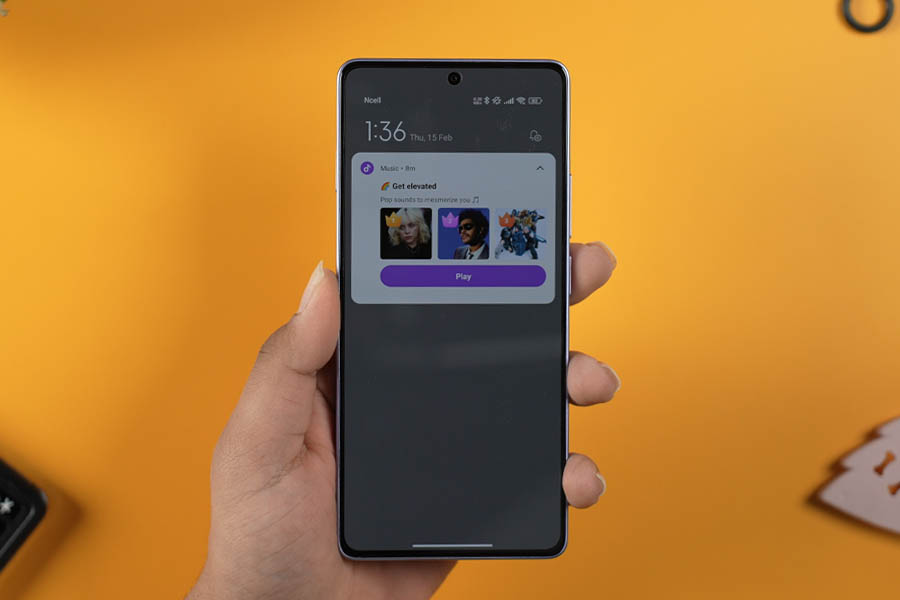
Now, I don’t have to tell you a lot about MIUI, you get plenty of customization and features. But, as usual, bloatware is there, which you can uninstall. Another important thing! Go to Security > Settings, and turn the “Receive recommendations” option off. BOOM! No ads!
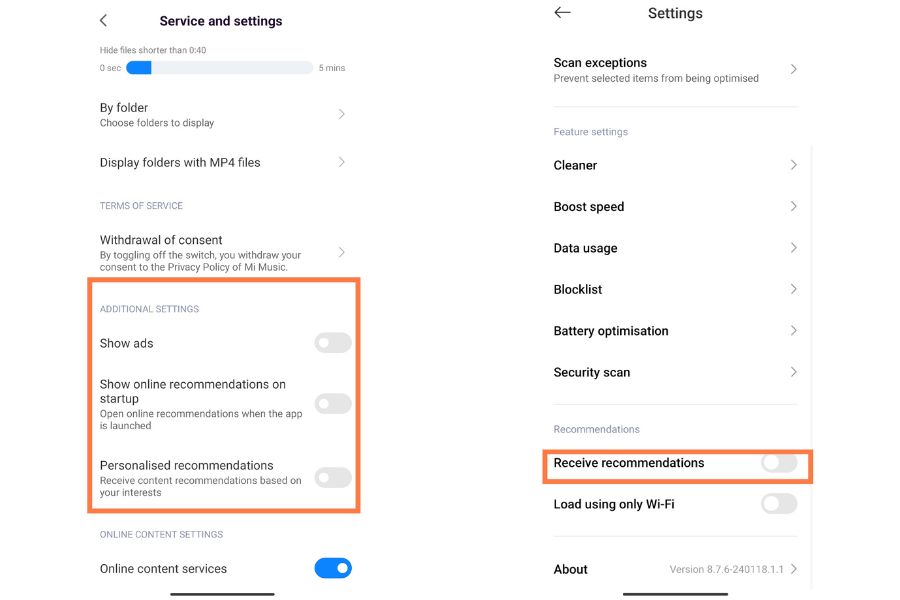
While the constant notifications you get from the Music Player are such a bother. So, you can go to the advanced settings of the music player, and turn off the show ads option. Or you can disable the app itself because it still pushes notifications even when you’ve turned the settings off. *smh*
Camera
Anyways, let’s head towards the cameras. On paper, Redmi has upgraded the main camera with a 200MP Samsung ISOCELL HP3 sensor. Last year you only got a 50MP shooter. Meanwhile, you also get an 8MP ultrawide unit, a 2MP macro, and a 16MP selfie snapper.

Now the 5G trim of the phone also comes with the same 200MP + 8MP + 2MP camera configuration. So, is it “Same Same but “Difflent”? Let’s find out with the camera samples, alright?
Daylight
You can see in daylight conditions, you can see a good amount of brightening with a reddish tone in the photos taken from the Redmi Note 13 Pro 4G. Whereas the shots from the 5G have a sharpness to them with a good amount of contrast. The color tone, however, falls on the yellowish side. All in all, I find the photos on the 5G version more eye-pleasing, however, you may prefer the images from the 4G variant.
4X Zoom
Since both the variants of the Redmi Note 13 Pro packs the 200MP shooter, you get up to 4X in-sensor zoom. Once again, you get a better contrast on the 5G iteration, while the images on the 4G variant are a bit soft.
Portraits
Coming to the portraits, the story of the color tones remains the same — 4G has a red tone, and 5G has a yellow tone. Actually, the skin tone on both the photos goes through beautification.
The Redmi Note 13 Pro 4G’s brightness processing looks a bit bad in direct sunlight. As you can see in the photos of our team member with a cup in his hand. Once again, I find the contrast on the 5G variant better. However, I cannot quite pick a clear winner here, so guys be the judge of it.
Lowlight
Meanwhile, the results on the lowlighting conditions do not deviate much either. The Redmi Note 13 Pro 5G produces a better output here. The images have a rich contrast and look sharp with better highlight management, just like in the daylight shots. On the other hand, the results from the Redmi Note 13 Pro 4G ko are a bit blown out.
Selfie
Likewise, for selfies, you get a 16MP shooter on the front. And guess what? The tale of Red and Yellow color tones continues. At a glance, you get decent selfies on both phones, but the Pro 5G preserves the details a bit better.
Videography
Lastly, in terms of videos, the Redmi Note 13 Pro 4G caps out at 1080p@60FPS due to the limitation of the Helio G99. In the meantime, you get an option for 4K@30FPS on the Pro 5G, with better details. Even when comparing the 1080p, the 5G one looks better with superior stabilization. But, it’s not like the video on the Pro 4G is bad or anything. Hopefully, it’ll receive improvements through updates.

Battery
Moving on, the 5,000mAh battery on this phone offers a day’s worth of backup on moderate usage without breaking a sweat. And the 67W fast charger, you get in the box juices up the phone from 0 to 100 in around 50 minutes, which is quite impressive.
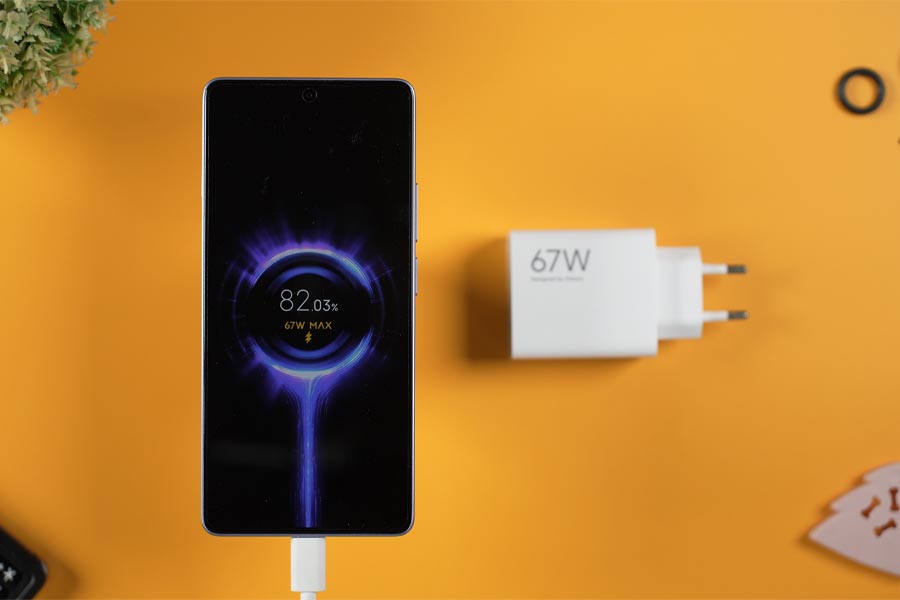
Redmi Note 13 Pro 4G Review: Conclusion
Now, let’s conclude this review of the Redmi Note 13 Pro 4G. Overall, this phone comes out as a balanced midrange phone with a good display, average camera, and “okayish” day-to-day performance from the Helio G99 for the price of NPR 35,000. But it doesn’t bring any substantial upgrade from its predecessor, the Note 12 Pro 5G.

Plus in my opinion, Xiaomi Nepal should have introduced the Redmi Note 13 Pro 5G for NPR 40,000 instead of the 12GB + 512GB configuration of this phone. If not 40,000 then 42,000 would also have flown because you get better cameras, chipset, design, and build without compromises. Let’s hope we’ll see this phone very soon in the Nepali market!
Redmi Note 13 Pro 4G Pros and Cons
Pros:
- Good display with minimal bezels
- 67W fast charging
- Decent dual stereo speaker setup
- Big on storage
Cons:
- Performance could have been better
- Average main camera
- No HyperOS, still boots on MIUI 14 Android 13











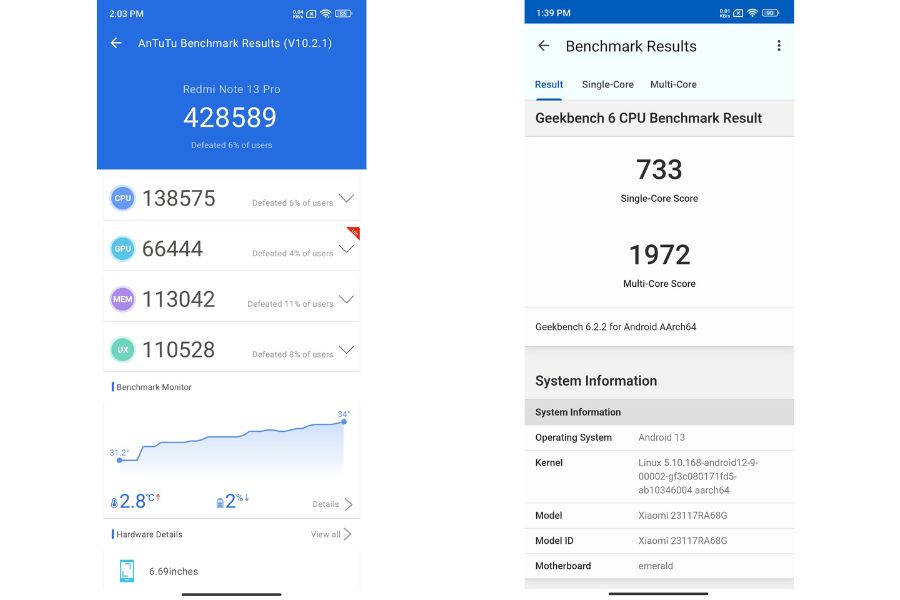
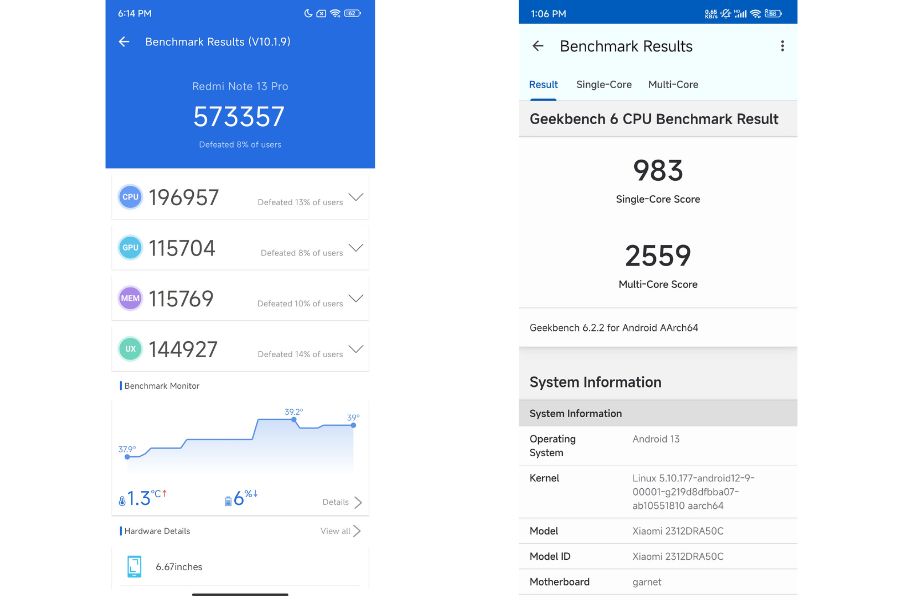

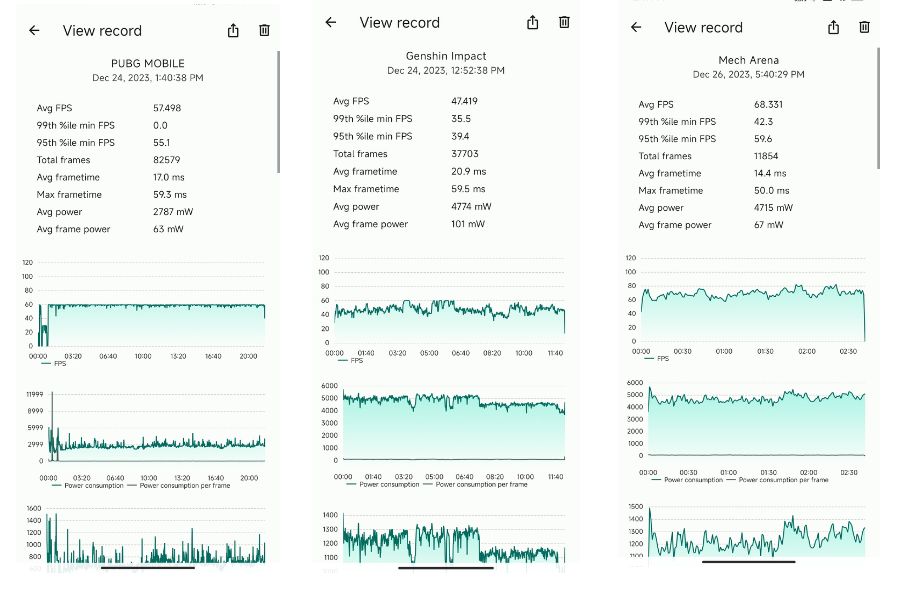


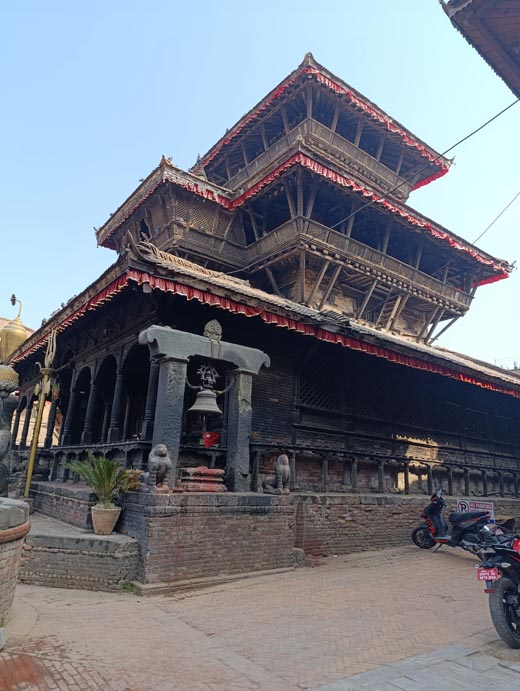
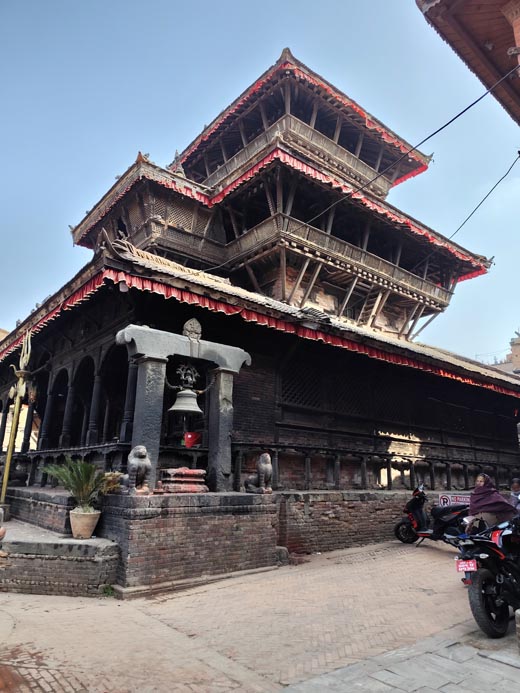








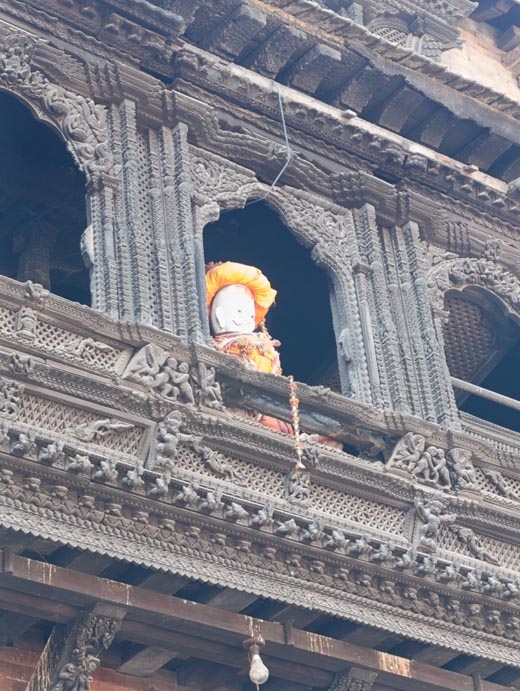






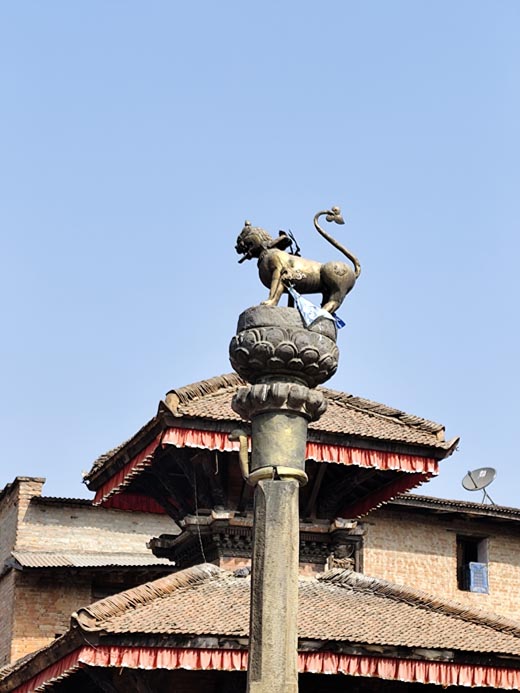












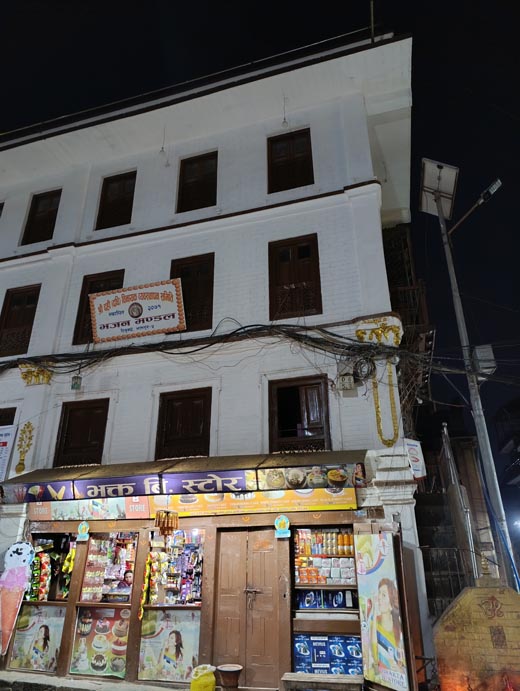

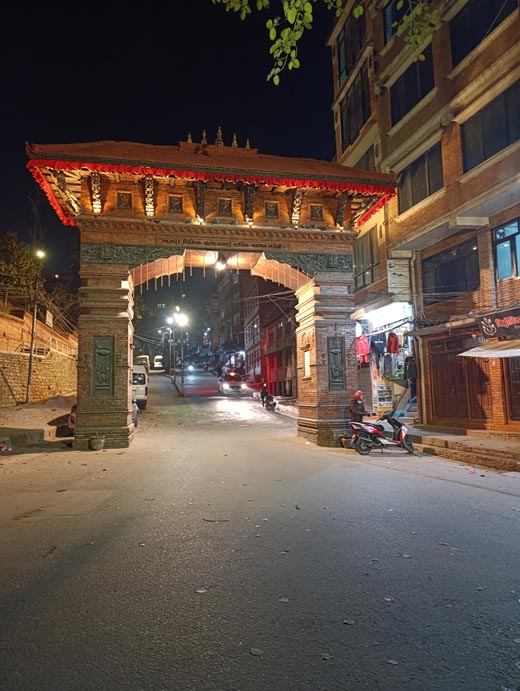
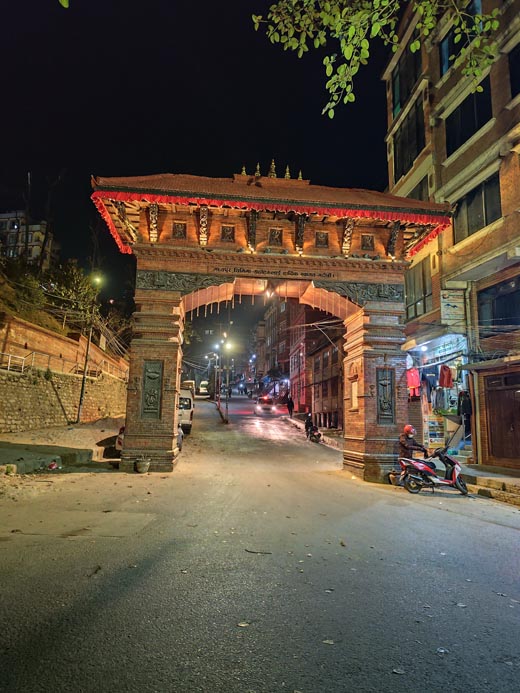
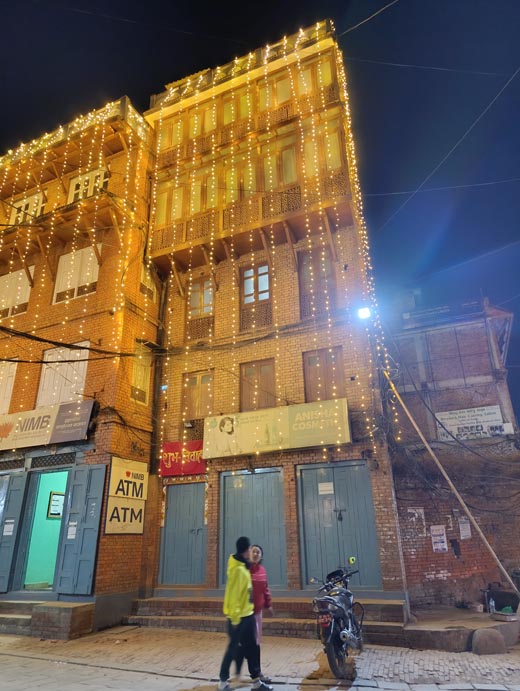

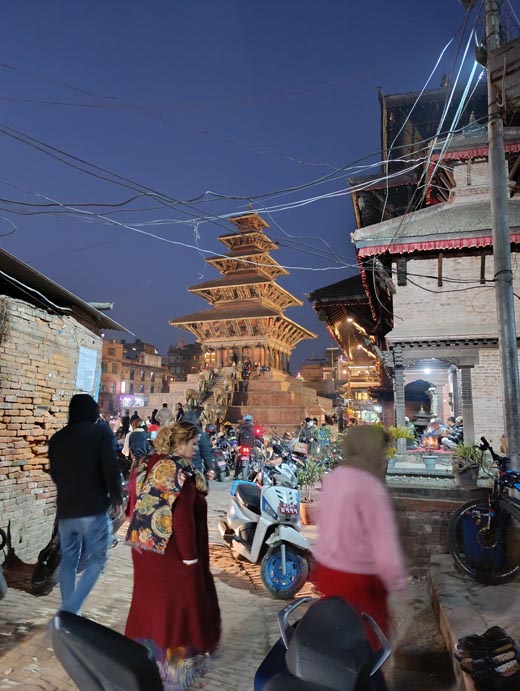
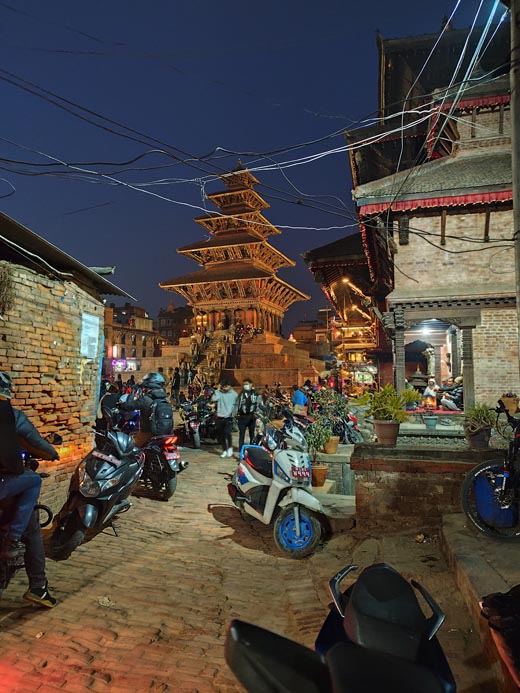















![Best Ultrabooks To Buy in Nepal 2024 [Updated] Best Ultrabook Laptops in Nepal 2023 - June Update](https://cdn.gadgetbytenepal.com/wp-content/uploads/2023/04/Best-Ultrabook-Laptops-in-Nepal-2023-June-Update.jpg)
![Best Gaming Laptops in Nepal 2024 [Updated] Best Gaming Laptops in Nepal 2023 - June Update](https://cdn.gadgetbytenepal.com/wp-content/uploads/2023/04/Best-Gaming-Laptops-in-Nepal-2023-June-Update.jpg)


![Best Mobile Phones Under Rs. 15,000 in Nepal [Updated] Best Phones Under 15000 in Nepal 2024 Budget Smartphones Cheap Affordable](https://cdn.gadgetbytenepal.com/wp-content/uploads/2024/03/Best-Phones-Under-15000-in-Nepal-2024.jpg)
![Best Mobile Phones Under Rs. 20,000 in Nepal [Updated] Best Mobile Phones Under NPR 20000 in Nepal 2023 Updated Samsung Xiaomi Redmi POCO Realme Narzo Benco](https://cdn.gadgetbytenepal.com/wp-content/uploads/2024/01/Best-Phones-Under-20000-in-Nepal-2024.jpg)
![Best Mobile Phones Under Rs. 30,000 in Nepal [Updated]](https://cdn.gadgetbytenepal.com/wp-content/uploads/2023/12/Best-Phones-Under-30000-in-Nepal-2024.jpg)
![Best Mobile Phones Under Rs. 40,000 in Nepal [Updated] Best Phones Under 40000 in Nepal 2024 Smartphones Mobile Midrange](https://cdn.gadgetbytenepal.com/wp-content/uploads/2024/02/Best-Phones-Under-40000-in-Nepal-2024.jpg)
![Best Mobile Phones Under Rs. 50,000 in Nepal [Updated] Best Phones Under 50000 in Nepal 2024 Smartphones Midrange](https://cdn.gadgetbytenepal.com/wp-content/uploads/2024/02/Best-Phones-Under-50000-in-Nepal-2024.jpg)
![Best Flagship Smartphones To Buy In Nepal [Updated] Best Smartphones in Nepal 2024 Flagship Premium Samsung Apple iPhone Xiaomi OnePlus Honor](https://cdn.gadgetbytenepal.com/wp-content/uploads/2023/09/Best-Smartphones-in-Nepal-2024.jpg)